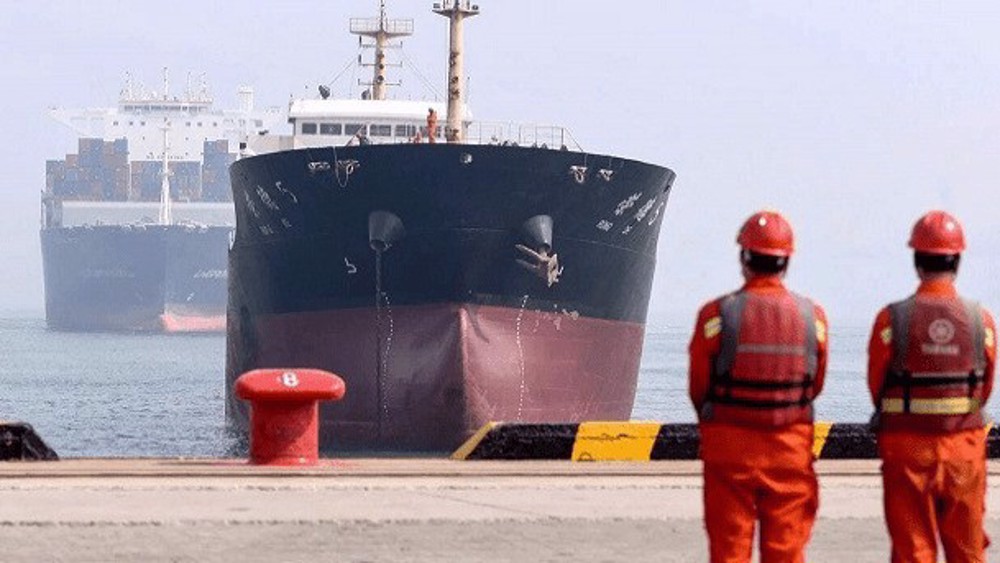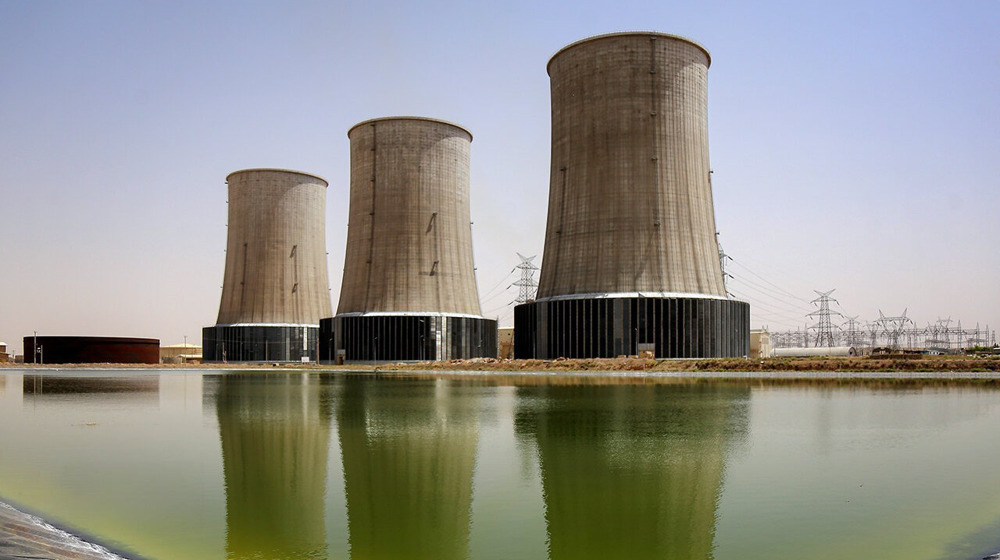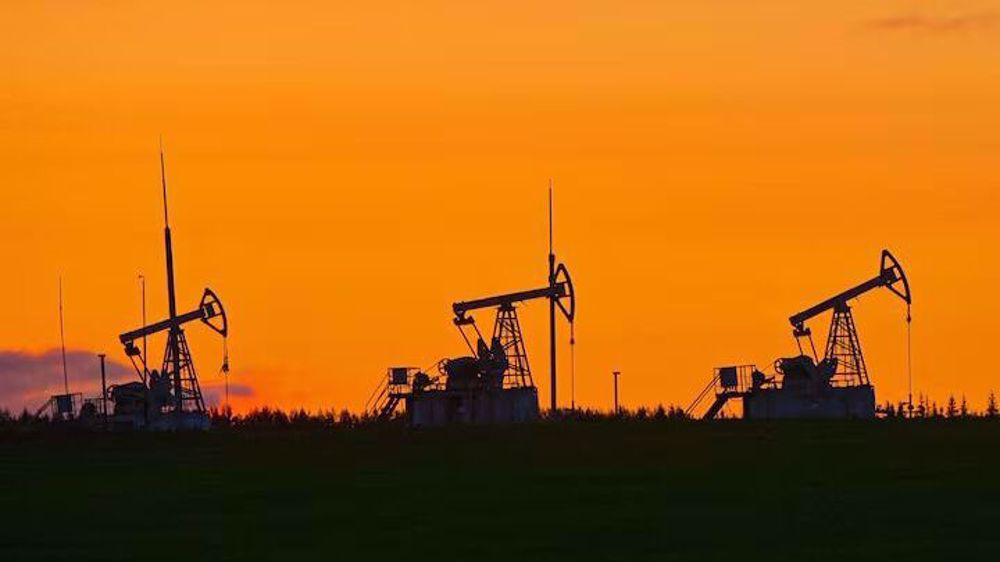Iran oil industry in for big year despite US threats
Iran’s oil industry may be headed for choppy waters from a possible US re-enactment of sanctions, but the country’s officials foresee a thriving year during which as many as 17 upstream contracts are expected to be finalized.
Last year marked the National Iranian Oil Company (NIOC) signing three major oil deals for the first time since the lifting of sanctions in early 2016.
The company expects to finalize seven more upstream contracts worth around $40 billion with foreign investors by October, NIOC deputy head Gholamreza Manouchehri said on Monday.
Moreover, negotiations are underway to develop 10 more oil fields and finalize their contracts before the year-end.
“I have to emphasize that negotiations on the fields are being done with the current challenging situation being included in our projections,” Manouchehri told reporters on the sidelines of an international petroleum exhibition in Tehran.
The new contracts are signed under the new Iran Petroleum Contract (IPC) which is offering better incentives than the buy-back agreements Iran offered in the past.
Oil recovery and exploration projects
NIOC further plans a $6 billion package to maintain production and increase the recovery rate of oil fields in the form of 35 projects.
“Given that tenders of the plan have already begun, we hope to sign most of the contracts for these projects by September,” Manouchehri said, explaining that they would be awarded to domestic companies.
“We expect to see a boom in business and activity in the oil industry due to the fact that domestic companies will implement this plan,” he added.
In the exploration sector, 14 blocks covering over 80,000 km in six sedimentary areas are scheduled to be tendered in July, NIOC director for exploration Saleh Hendi said.
“Of the 14 exploration blocks, six blocks are expected to be attractive to foreign investors and development agreements for them to be signed,” he said.

The official said Austria’s OMV, Russia’s Lukoil and China National Petroleum Company (CNPC) have announced their interest in the exploration blocks which include both known, highly-potential blocks and new ones.
Four blocks are in the Zagros sedimentary area, including Zahab in Lurestan, Tudej in Fars, Timab in Dezful and Abadan in the Abadan plain. The Bamdad, Mahan and Parsa blocks are in the Persian Gulf Basin.
Three other blocks in the Kopeh Dagh Basin are in northeast Iran, straddling its border with Turkmenistan. They are the Sarakhs, Dousti and Raz blocks.
Another block is the Moghan Basin in northwest Iran, with a proven hydrocarbon system, while Kavir is located in the central basin.
Two new sedimentary blocks are Taybad bordering Afghanistan and Sistan near the border with Pakistan.
Record oil rig count
The operations will see a record rise in rig count where 100 rigs will be engaged simultaneously. “The activity of this number of rigs is almost equivalent to the entire operational rigs in the oil industry,” Manouchehri said.
Iranian contractors are expected to get a strong boost from the operations because all the equipment and articles needed in the projects will be sourced from domestic suppliers unless they are unable to manufacture them.
“This policy will also create tens of thousands of jobs in the Iranian oil industry and remove any sluggishness among Iranian companies and manufacturers, creating a dynamic environment in the Iranian oil industry,” the official said.
“Of course, the work will peak in the next year. Based on the estimates, these projects are planned for two years, meaning it will take two years for the contract to be implemented from the time it is concluded.”
Gas projects
In the gas sector, five new phases of the giant South Pars field will come on stream, adding 200,000 barrels per day to Iran’s condensate production capacity.
Manouchehri also said he expected the contract with the Indians to develop Farzad-B gas field in the Persian Gulf to be signed in the next five months.
India’s ONGC Videsh Ltd (OVL) discovered Farzad-B in the Farsi block about 10 years ago and asked Iran to grant it the right to develop the field.
Last month, Iran’s Minister of Petroleum Bijan Zangeneh said he hoped India and Iran could finalize the main issue on the development of the gas field in the next two months.
Manouchehri also touched on Iran’s plans to develop South Azadegan oil field, including a 300,000 barrels-per-day processing unit and $3 billion of investment in Jask in the Gulf of Oman to build a new oil terminal.
“All in all, they include 80 projects which the National Iranian Oil Company is dealing with and we hope to see an upsurge in the oil industry this year,” Manouchehri said.
VIDEO | Displaced Palestinians seek fragile alternatives to support their tents
VIDEO | Press TV's news headlines
VIDEO | Iran marks Intl. Anti-Corruption Day with summit on transparent governance
VIDEO | Ethiopia holds ceremony to mark Intl. Day of Solidarity with Palestinians
VIDEO | Pakistan voices outrage against Israel on Genocide Prevention Day
Iran urges decisive global action to end Israeli genocide, honor victims
US envoy says ‘benevolent monarchies’ have proven most effective in West Asia governance
VIDEO | Golestan: Iran's dreamlike garden











 This makes it easy to access the Press TV website
This makes it easy to access the Press TV website